- SALES / SUPPORT : 855-752-5503
If you type in "t-shirt designs" into a Google's search box, you're going to end up with several options. There are companies that want to design your shirts for you. There are companies like Redbubble that want you to design shirts so they can sell them on their site. And then there are the DIY t-shirt options, like DesignMantic, which are there to walk you through the process so you can end up turning your t-shirt dreams into reality.
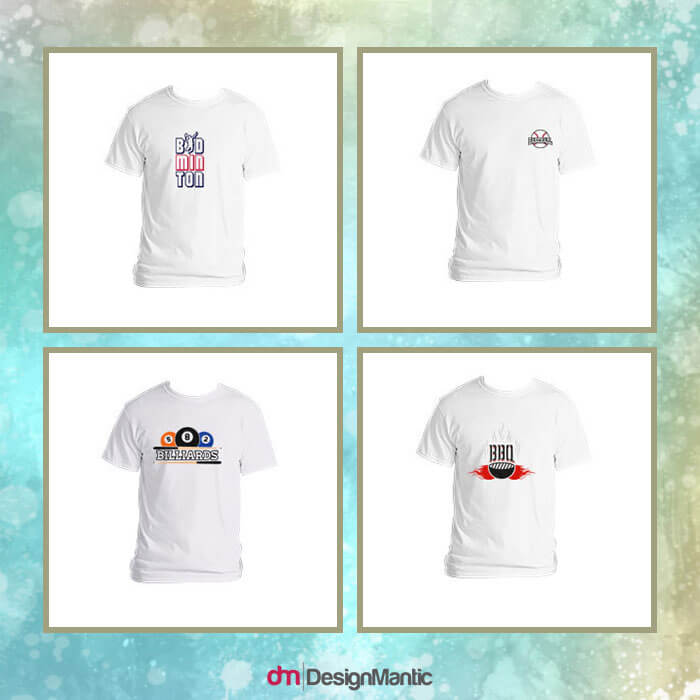
What do you need to know about t-shirt design, and why? Is it just a matter of slapping your company logo and name on a shirt, or of copying your business card and screen printing it onto a cotton garment?
The short answer: no.
The slightly longer answer: not really.
T-shirts have a lot to offer you in terms of everything from promotion (everyone's torso is advertising space!) to team-building (it's easier to feel like part of a family if your office is all dressed the same like fraternal quintuplets) to marketable products in and of themselves (depending on how cool and successful your design is, people may very well pay to wear it). First we're going to talk about why you should be interested in these benefits, and then we'll go on to some of the specifics of design, with lots of pictures and how-tos to show you how it's done.
First of all, why should you be interested in designing your own t-shirt to begin with? If you have a business, you've probably already made use of a lot of different avenues of advertising. You can plaster your logo or idea on everything, from the conventional (business cards, billboards, websites, coffee cups, free pens) to unconventional (jewelry logo, tattoos). So why t-shirts?
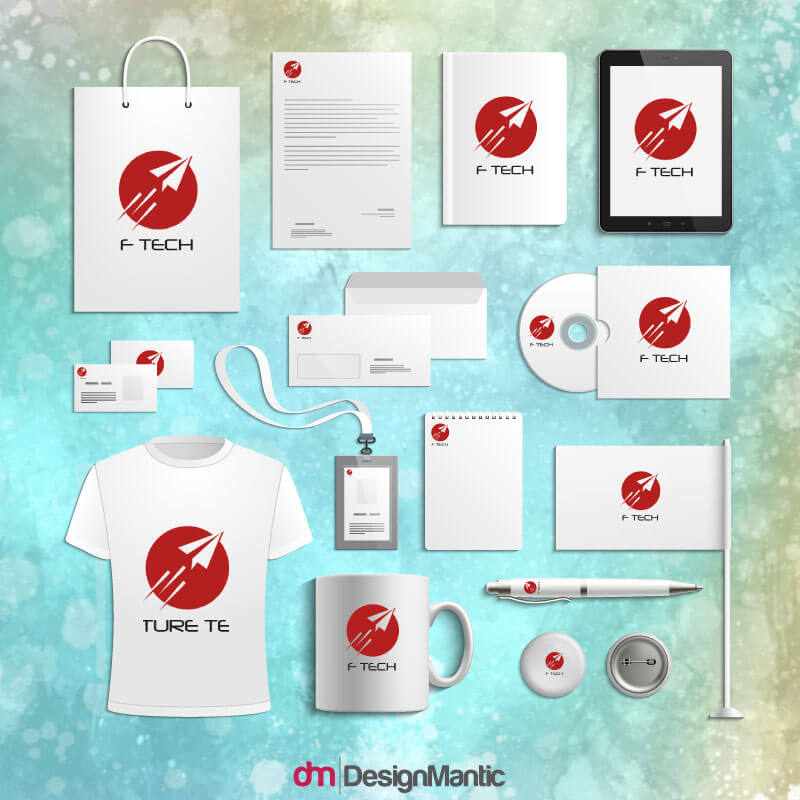
There are several reasons. For one thing, everyone loves a free t-shirt. Even if someone doesn't particularly like the design of a free tee, they'll still end up taking it home just because. So if you're looking to use your logo to brand your business, t-shirts are a great way to ensure that your potential client or customer will take your business home with them.
Secondly, t-shirts, and wearables in general, are a huge part of how we identify ourselves. Not only does this apply to your clients, but it definitely applies to your team. Regardless of whether you have employees or unpaid volunteers, or even if you're getting the family together for a huge reunion, wearing personalized t-shirts that reflect what brings your group together gives a huge boost to a community atmosphere.
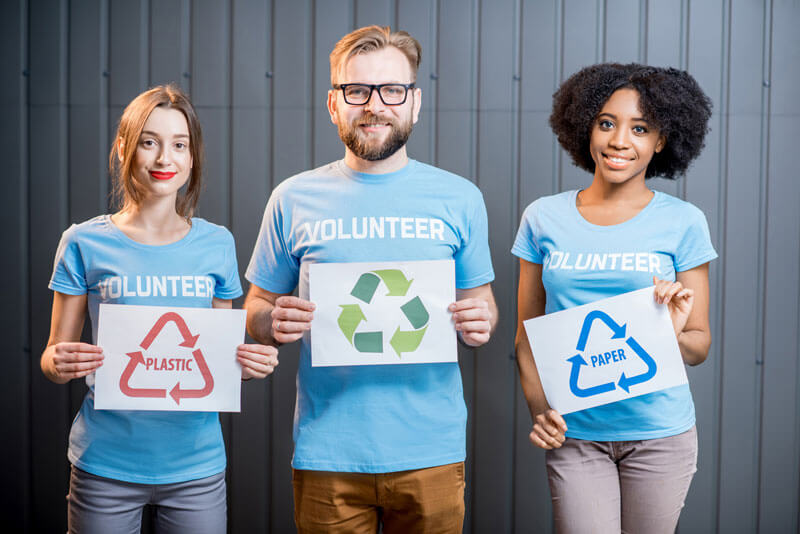
Image Source: iStock.com/RossHelen
Thirdly, as mentioned in the opening, t-shirts can be a valuable way to make extra money. You may offer the shirts as rewards for donations (think a twenty-five dollar donation reward from your local NPR station), enabling your benefactors or clients to show their support. Or you can sell the shirts themselves, if the design is cool enough to make people want to wear it. And with the free logo design software at your disposal, you can definitely come up with a really cool design.
So, in short: t-shirts can add marketing value, bring your team or organization together, and bring in a little extra money.
What's not to love?
Now that you're sold on the idea, let's get into a few particulars.
This is obviously one of the first things that you have to take into consideration. Just like with any business-related aspect of design (or really with any aspect of design in general) appropriate tone is important. So first consider what the shirts will be made for.
Will they be for a company-sponsored Little League team? Will they be for the employees in your grocery store? Are you going to hand them out to spectators at a Fourth of July parade?
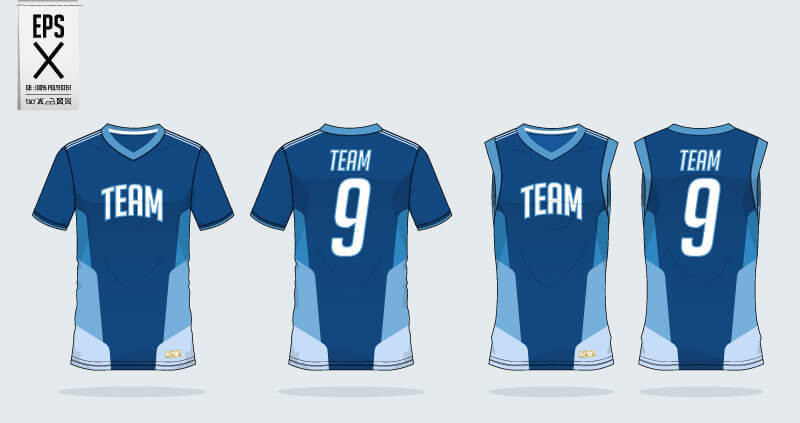
Image Source: iStock.com/tonioyumui
Of course, there are going to be differences in design, depending on what the purpose of the shirt is. If you're the manager of a small medical clinic and you need your front office receptionist to be wearing monogrammed polos with your medical clinic logo, there's going to be specifications that need to be met in order to give the right professional look to the office as a whole.
Designs for more casual uses, such as epic family camping trips and barbershop run out of your garage, can allow a lot more leeway and are just really t-shirts with logos. It really all depends on who your audience is.
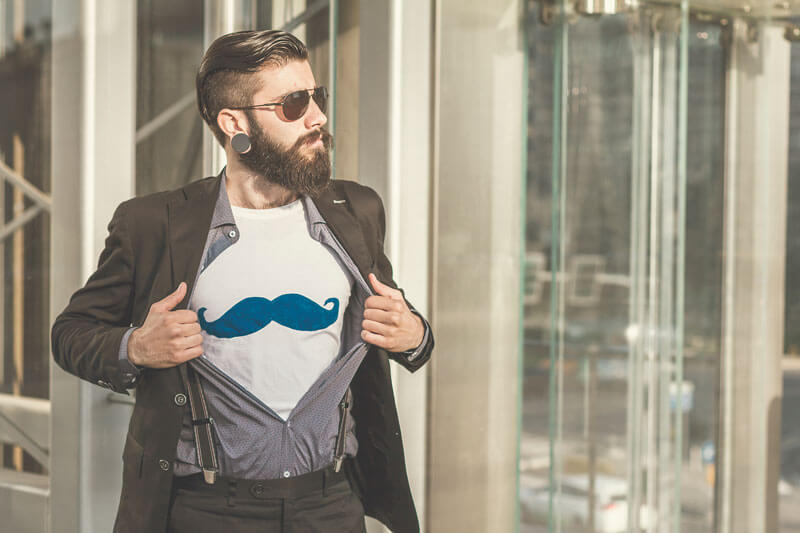
Image Source: iStock.com/PJPhoto69
There are a lot of technical places you can go with use of color when it comes to printing. Much like any piece of graphic design that has to be translated into different mediums, there are different things to consider than you might think. If you were going to a traditional printer and having them do the job for you, you would probably have to look into things like color separation and effective gradients.
But since you're using a DIY t-shirt design software, those questions will be built into the process.
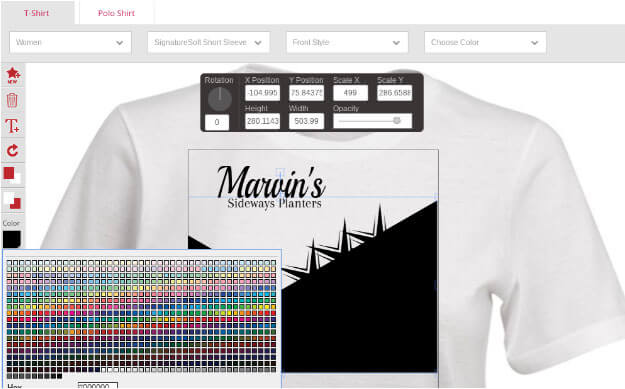
Remember to make good use of white space in your design — or red space, blue space, green space, etc. When creating the design, the t-shirt color options that you select can have a hand in creating variety in the design as well as in the shirts themselves. Using your space wisely can help you to create something very striking and appealing.
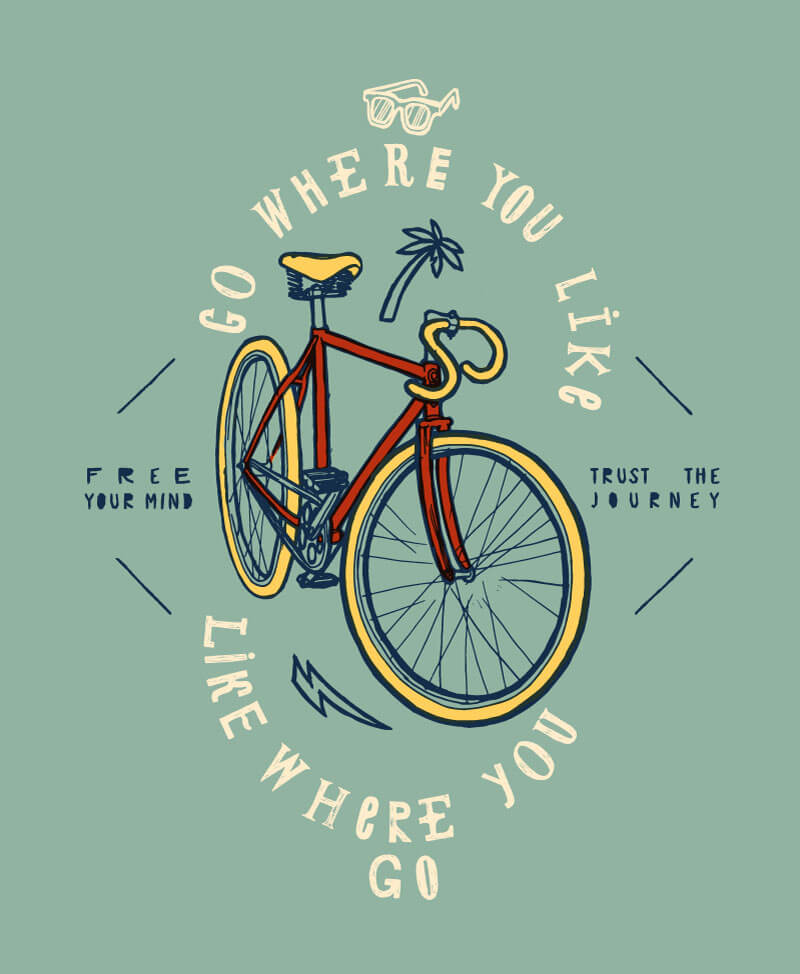
Image Source: iStock.com/Grytz
This is largely subjective, as what really appeals to one person isn't going to float the boat of the next person who comes along. But, having crafted your business to the point of wanting to put t-shirts together, you probably have a pretty good idea of who you are, what you want, and how best to present your business in this shirt of the T.
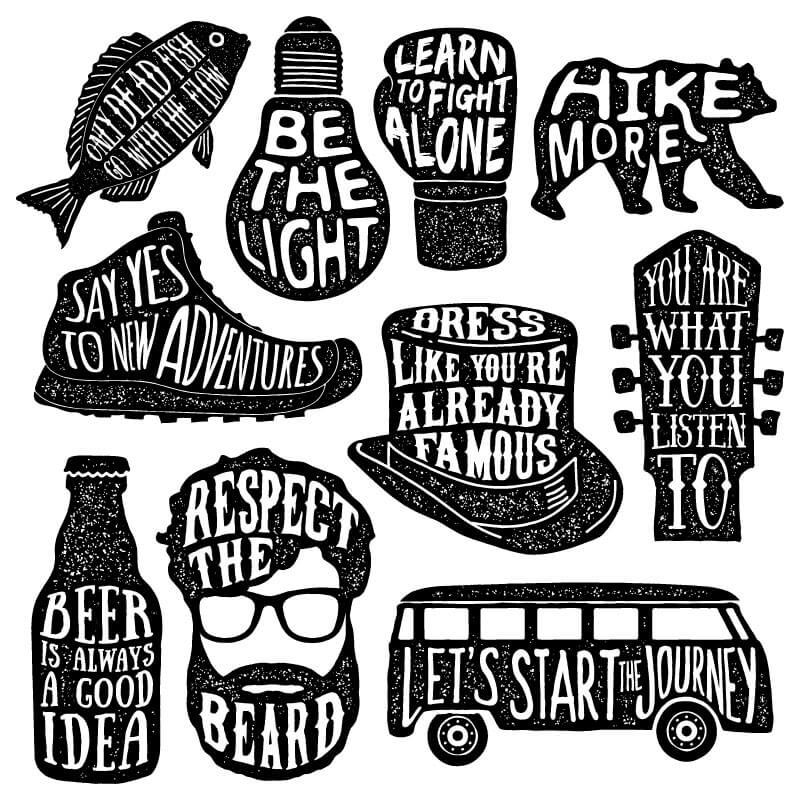
Image Source: iStock.com/igorrita
This may be somewhere that you really need to ensure what you're creating the product for. Do you want it to be something to appeal to the point of compelling people to buy it? Then you really need to consider the aesthetics of it. A functional, bare-bones t-shirt is unlikely to move anyone to spend any real money, especially if it looks like something they could get for free. If selling your branded tees as merch is on your agenda, you have to come up with something that really stands out.
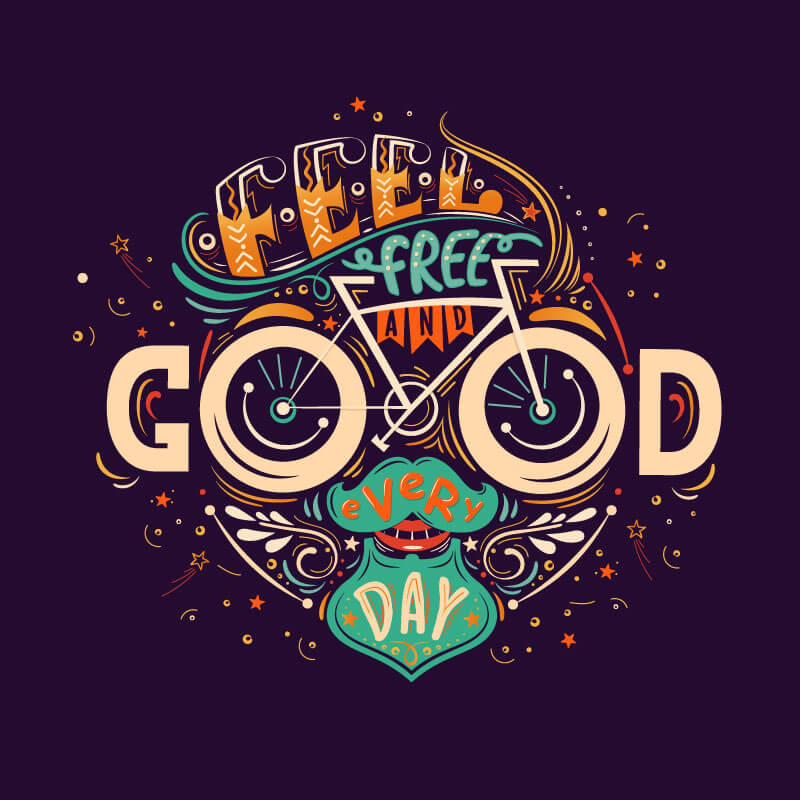
Image Source: iStock.com/SvetaZi
A good idea would be to look at some different options online and see if there are any design choices that really grab your attention. Basic shapes, bold colors, and a hand-drawn feel are all on trend. Put together something that you would want to wear.
The question of a "design" on your t-shirt as opposed to the logo is really all about what you want your shirt to say.
If it's a straightforward circumstance of needing to outfit your employees or your team in branded products, then you're probably best off with a logo image on t-shirt. Using your t-shirt logo, which is already known and readily identified, is a good idea. You might want to look into some small variations or modifications, or even a little updating, as needed to fit the overall layout of the t-shirt.
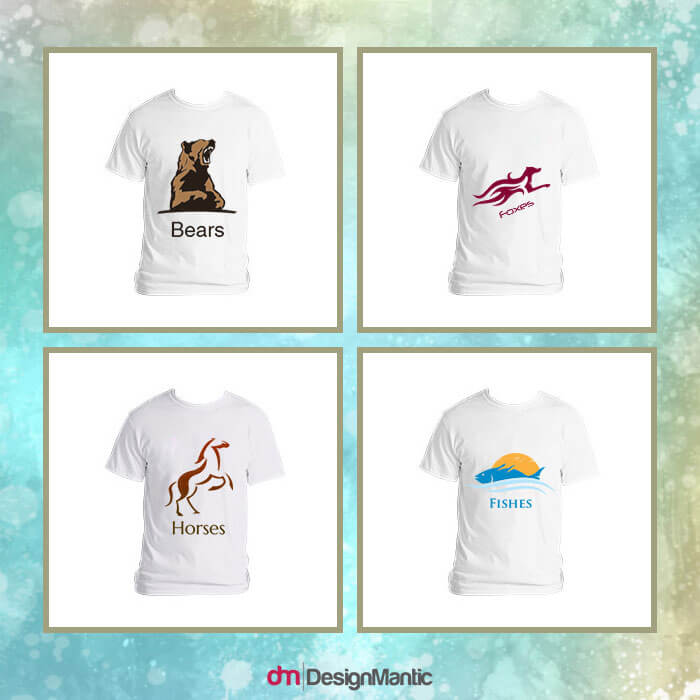
For some other circumstances, you might be able to branch out a little more with your design. Having an actual design to your shirt (perhaps even using the entire space, rather than just a section of the back or front traditionally used in corporate design) can give you a lot of leeway with the final look of the shirt. If you want your whole shirt to say something about your organization or group, rather than just the portion of it that holds the logo, then a full-coverage design may be the right option for you.
Keep in mind that this may entail a little more work on your part, of course. And some DIY softwares are a little more basic and may not be equipped to help with the design to that extent. This could be an occasion when custom designs options or turning to a hired designer may be your next best step.
Especially if you want to make sure that people know where this awesome t-shirt came from, using typography to some extent is going to be a vital part of your design. You might want to go for the option of putting your company name and even some contact information on the t-shirt design, either somewhere like the front upper left, or across the back.
Even if you don't decide that you need to put all that information out there for your potential clients to see (though I can't imagine why you wouldn't) typography can be a really appealing twist for your design as a whole.
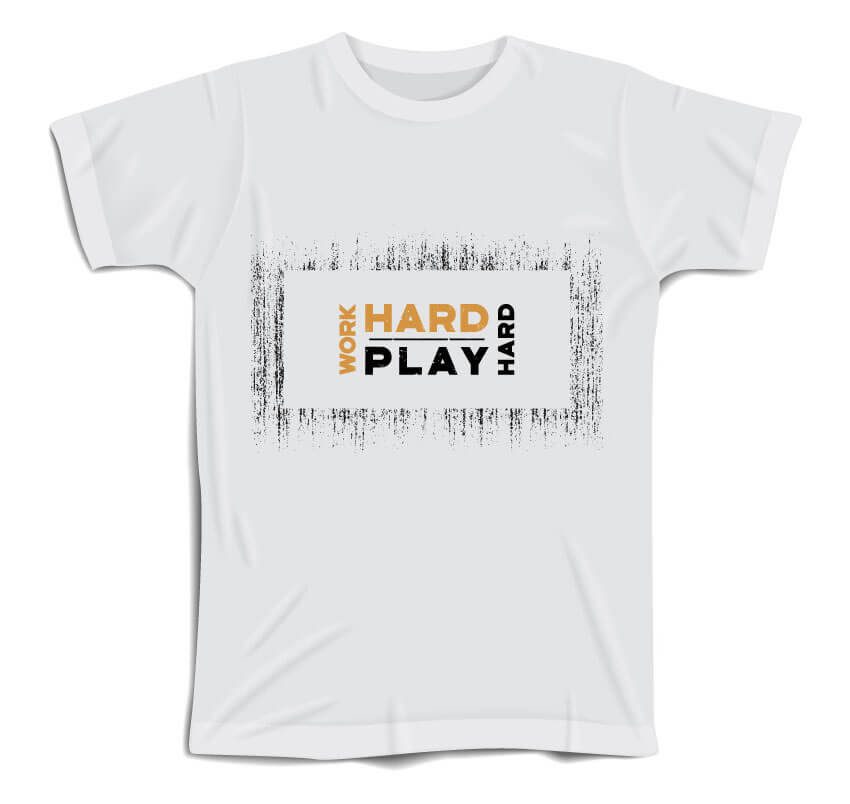
Image Source: iStock.com/rikkyal
You definitely want to make sure that you use a font that is easy to read on your t-shirt, and that doesn't get too tangled up with the other elements of your design. When you make a wise choice, the font itself can be a striking, stand-out part of your t-shirt.
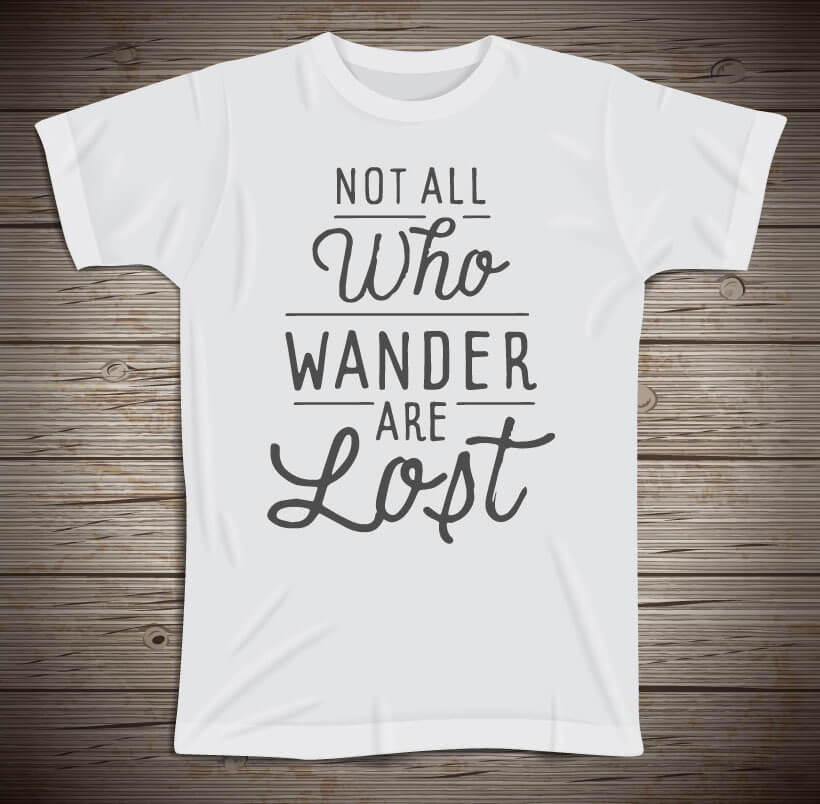
Image Source: iStock.com/ildogesto
As you put together your design and contemplate ordering, one thing to remember is to take into consideration the range of sizes that you will need. Obviously, if you're having shirts made for work, such as for a corporate uniform, you're probably not going to need "youth" options.
Most DIY software, such as DesignMantic, offers design specifications for men's sizes S-XL, women's sizes XS-XL, and children's or youth sizes XS-XL. Knowing the logistics of details like how many shirts you will need and the size ranges you may require are important. You may also, of course, want to have a few possible options put together, and give your employees or volunteers the choice of which color they want. Unless, of course, you want them all to be dressed exactly the same.
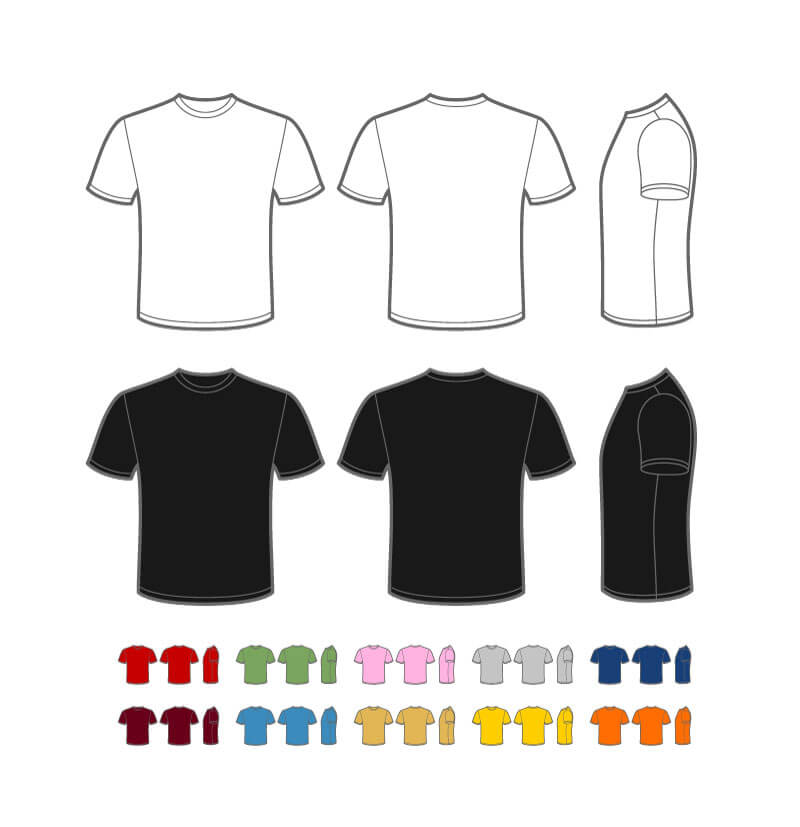
Image Source: iStock.com/procurator
Material type and shirt type are also options that you will want to address. DesignMantic offers printed shirts in both tees and polos, with a basic short sleeve tee, a long sleeve tee, and a super soft option. These are pretty typical options when it comes to services like this.
The great news is, most of the free software out there is not difficult to use. For the most part, you'll just need to click buttons and follow prompts.
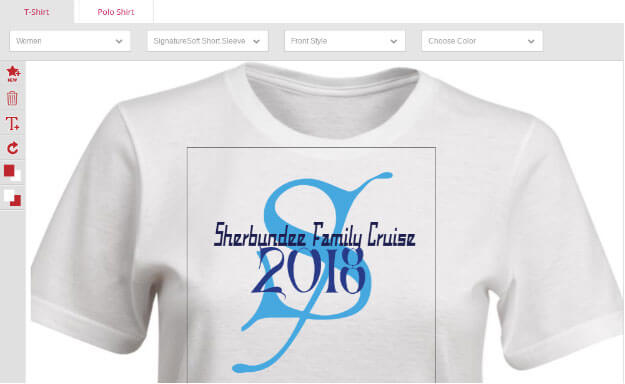
It's always a good idea to have at least a basic idea of what you want for your t-shirt design, but if you're having trouble reaching a final decision, or if you just really don't know where to start, there are some simple options to start working with. Basic shapes, colors, and fonts are all easily laid out so you can try them in different combinations.
Again, taking a look at some of the existing designs out there may be a smart thing to do, especially if you're feeling overwhelmed. Of course, with software that walks you through things, you should be able to put together at least a rough idea of what you want with a minimum of hassle and stress.
The good thing about putting t-shirts together, for whatever purpose? People are almost guaranteed to be appreciative, especially if you're handing them out for free.
But of course you want more than a free pass. You want to feel that your company, organization, convention, club, or family outing to Loch Ness is well-represented by your t-shirt design choices. Well, the good news is, everything you need is at your fingertips. A few reference points, a little good advice, and a solid DIY t-shirt design software there to walk you through the steps.
With all of these tools at your disposal, you're going to have people stopping you on the street to say, "Hey, cool shirt design! Can I get one for free?"